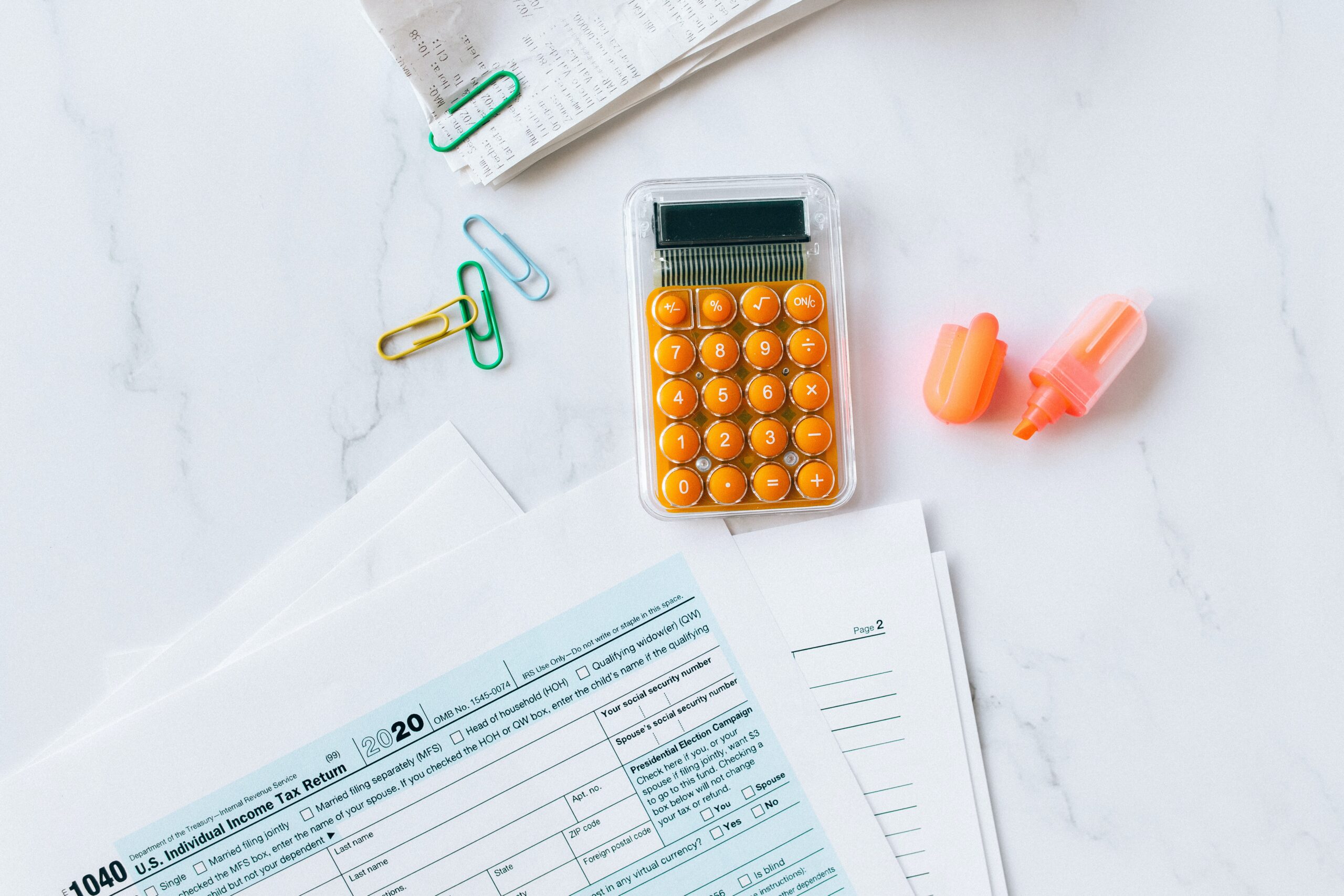Tax Checkup: Five Tips to Prepare for Tax Season Now

Tax season doesn’t have to be surprising. A quick tax checkup can help make sure you’re on track and avoid surprises when you file your taxes next year.
What is a tax check up?
A tax checkup is when you look at your tax situation to make sure when you file your tax return the following year, the results will be pretty much what you expect.
There are certain times and situations when tax checkups are especially crucial including:
- Change of income
- Change of jobs
- Moving to a new state
- Big life changes that impact a tax return, like adding a dependent to your household
- Big changes in tax laws. Note: 2021 had some special tax provisions that don’t apply to tax year 2022, such as the Advance Child Tax Credit payments, the increased Child Tax Credit, the increased Child and Dependent Care Credit, and Recovery Rebate Credit. Even if everything else in your life stayed the same, you may see a very different result on your tax return due to these tax provisions going away.
Here are 5 tax checkups to ensure you’re not surprised this tax season:
- Pick your checkup date
I really like September for tax checkups. It gives you plenty of info to look at from the year so far, enough time to make adjustments, and at least three months for changes to have an impact. If back-to-school is a thing for you or your family, that can be a good marker for when to do the tax checkup as well.
- Prepare your info
Gather all the information you have so far that would go into your tax return. Paystubs with total pay year to date and total taxes paid year to date are useful. If you have any investments, the total profits and interest made so far are good to have.
- Determine remaining witholdings
You’ll need to make some projections on how much you will earn the rest of the year in order to make the tax return result estimate. IRS.gov has a withholding estimator which walks you through what is needed to make an accurate projection. Using this tool you can determine what adjustments you can make to get a bigger or smaller tax refund.
If you don’t feel confident with the result of the IRS withholding estimator, you can cross check it with tax estimators that are readily available for free across the internet. For many tax years and tax situations, you could plug numbers into tax software for the previous years return to get an estimate as well, but don’t try to file it and certainly don’t pay for it when free options are available.
If your situation is really simple, you may want to just use one a simple free tax estimator since it will take less time than the IRS withholding estimator.
- Leave no stone unturned
Try to include everything you can to make sure your estimate is accurate. For those with multiple job changes that can be difficult, but even just a couple of weeks of income can make a difference.
Keep the last paystub after you leave a job. Don’t forget investments or if you cashed in some cryptocurrency.
It is better to add in some reasonable estimates of income than to leave the income out of the estimate entirely.
If you are self employed, there may be a lot more info that is needed than other taxpayers may need. You can find an article about your tax season preps here.
- Consider decreasing your refund size
Consider keeping your refund as low as you can while still having a comfortable safety margin to avoid owing.
The IRS recently received funding to increase its customer service capabilities. It will take time for that to have an effect. Many people experience delays in receiving refunds and you could be subject to a random identification check or audit which could cause a delay.
Getting problems sorted out can delay refunds for many months. If that delayed refund is $4000, it may be a bigger concern than if the refund is $400, even though most of us still want that $400 promptly as well.
A tax checkup is important since tax laws change and some of them are unexpected. A tax checkup can also help you avoid financial distress.
Let’s say your checkup in September shows you will end up owing $1000 in taxes when you file your tax return and you don’t see a way to make adjustments to avoid it. You’ll still have time to figure out a solution. But if you don’t find out until tax season, you’ll have less time to figure out a solution and fewer options available.
Do your future self a favor, and do a tax checkup.
Jerry Zeigler is a Navy veteran who serves service members with financial counseling and education. As an Accredited Financial Counselor®, he is a member of the Better Financial Counseling Network and is the owner of JZ Financial Management. As a tax professional and Enrolled Agent, he has a passion for helping taxpayers navigate taxes.
